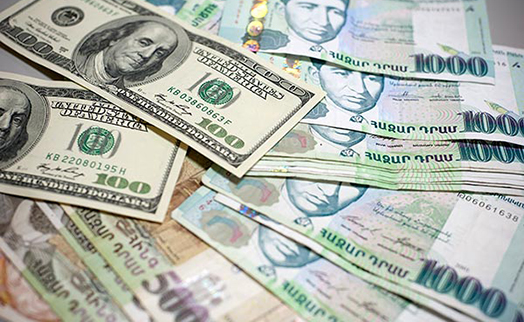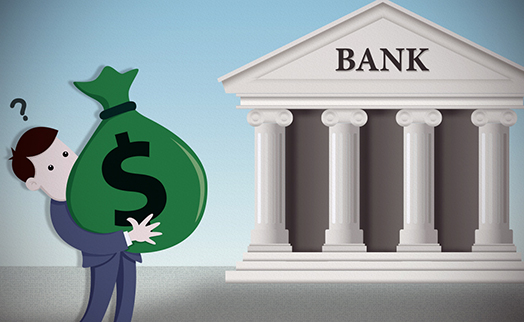YEREVAN, December 16. /ARKA/. Chairman of the Central Bank of Armenia Martin Galstyan, speaking Tuesday at a news conefernce, pointed out two aspects that should have a positive effect on the exchange rate.
“According to our estimates, we do not see any problems of external flows in the currency market, that is, from the side of comparing flows from the real sector – import-export, transfers, direct foreign investments – there is nothing extraordinary, and in fundamental terms we see no problems with the exchange rate currency,” Galstyan said.
In his words, on the other hand, if since the declaration of martial law in the country, the country’s risk premium in the international financial markets has increased, now it has dropped again.
“These are two important aspects – the absence of problems in terms of real flow and the country’s risk premium that returned to its positions. In fact, there are two positive aspects that, in our opinion, should have a positive effect on the exchange rate,” Galstyan said.
In parallel with this, he said, the exchange rate was influenced by uncertainties about future prospects – in the private sector and in the financial system, portfolio changes and currency conversions.
In his words, there is a certain change in the balance of economic entities towards the currency, which led to the demand for currency and an increase in the exchange rate.
In this regard, he confirmed that the central bank remains committed to its mandate for the stable operation of financial markets, financial stability and price stability.
He also noted that the situation was discussed with the banks and a number of decisions were made, including the central bank continued to provide banks with dram liquidity, and from today also dollar liquidity, so that there are no problems with liquidity.
In addition, he sees tendencies that in connection with the fulfillment of tax obligations by taxpayers on the 20th month day, the demand for foreign currency in the market increases, while at the beginning of every month, the opposite picture is observed in connection with the issuance of pensions, benefits and salaries.
“Therefore, it is possible to expect an inflow, but no one knows what will happen to the exchange rate, especially when there is an emotional background, it is difficult to make assessments, but we do not see fundamental risks,” Galstyan said.
The average market rate of the US dollar against the Armenian dram, formed on the Armenian foreign exchange market following the results of December 15, increased by 2.63 drams, up to 525.09 drams, compared to the indicator on December 14.
The rate of the American currency overcame its psychological barrier of 500 drams on November 19, when it amounted to 500.82 drams per $ 1. The last time such a rate was recorded was in March 2020. At the same time, the euro rate as of December 15 reached 638.35 drams ($ 1 – AMD 525.09). –0–








